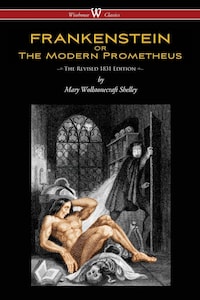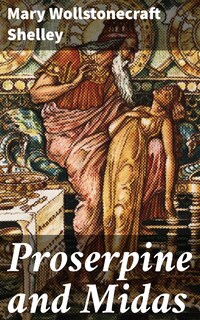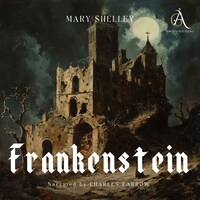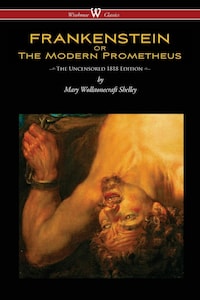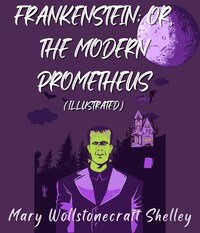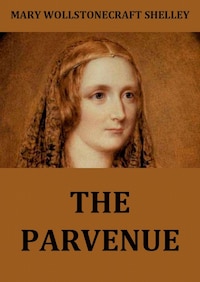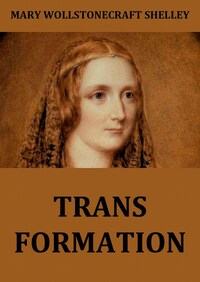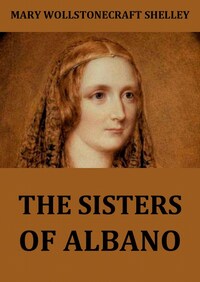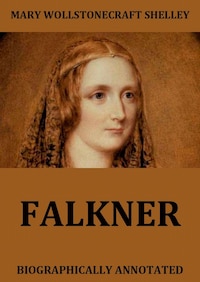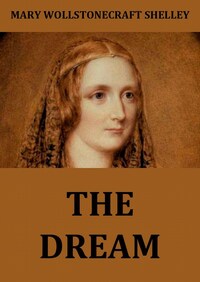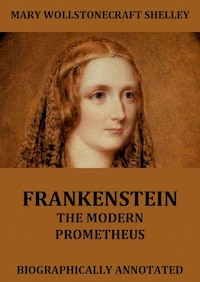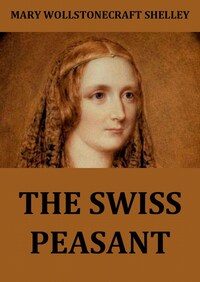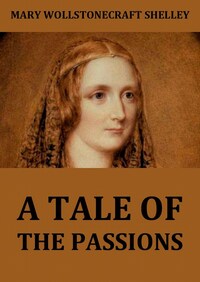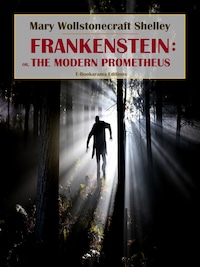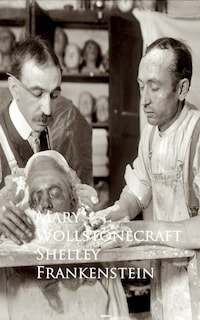The Fortunes of Perkin Warbeck
A Gothic Tale of Royal Deception and Political Intrigue
Description of the book
In "The Fortunes of Perkin Warbeck," Mary Wollstonecraft Shelley intricately weaves a historical narrative that explores themes of identity, legitimacy, and the complexities of monarchy during the tumultuous period of the late 15th century. Drawing on the figure of Perkin Warbeck, an alleged pretender to the English throne, Shelley employs a vividly descriptive literary style that intertwines psychological depth with rich historical detail. The novel reflects the Romantic preoccupation with individualism and the struggle against societal constraints, serving as a precursor to later historical fiction while emphasizing the emotional ramifications of political upheaval. Mary Wollstonecraft Shelley, best known for her groundbreaking novel "Frankenstein," was deeply engaged with the issues of her time, including gender, power, and the nature of humanity. Her interest in the historical narrative may stem from her own experiences with societal rejection and her family's tumultuous history. Both her intellectual lineage and personal struggles inform this exploration of Warbeck's narrative, as she draws parallels between the pretender's plight and her own beliefs about personal autonomy amidst rigid structures of authority. "The Fortunes of Perkin Warbeck" is a compelling read for those interested in historical fiction, as it not only brings to light an intriguing story from the past but also invites reflection on the universal themes of struggle for acceptance and the fight for self-identity. Shelley's deft combination of narrative intrigue and profound philosophical inquiry makes this work particularly relevant today.
 Mary Wollstonecraft Shelley
Mary Wollstonecraft Shelley 610 Pages
610 PagesFill your life with stories
from £7.99/month
Enjoy a world of audiobooks and e-books. No commitments. Cancel at any time.

